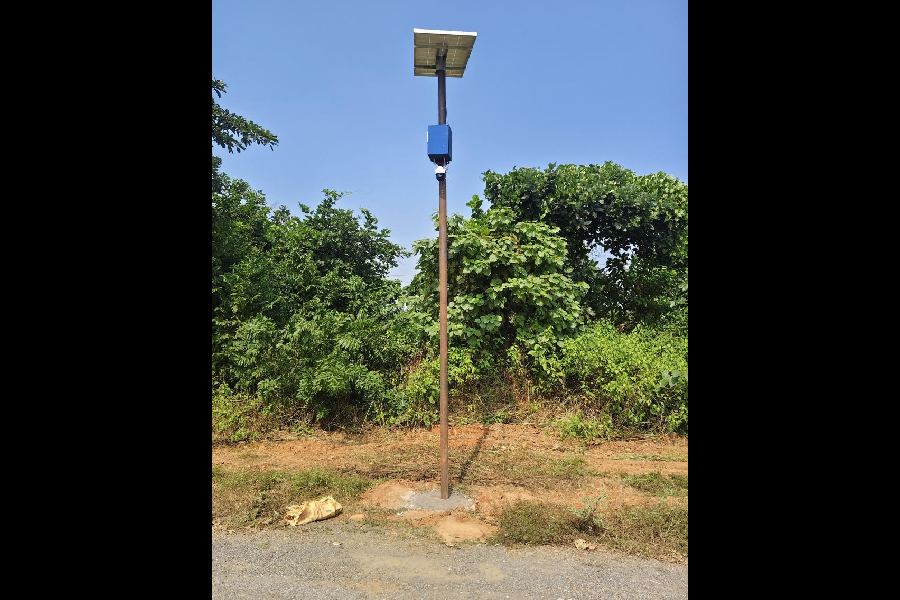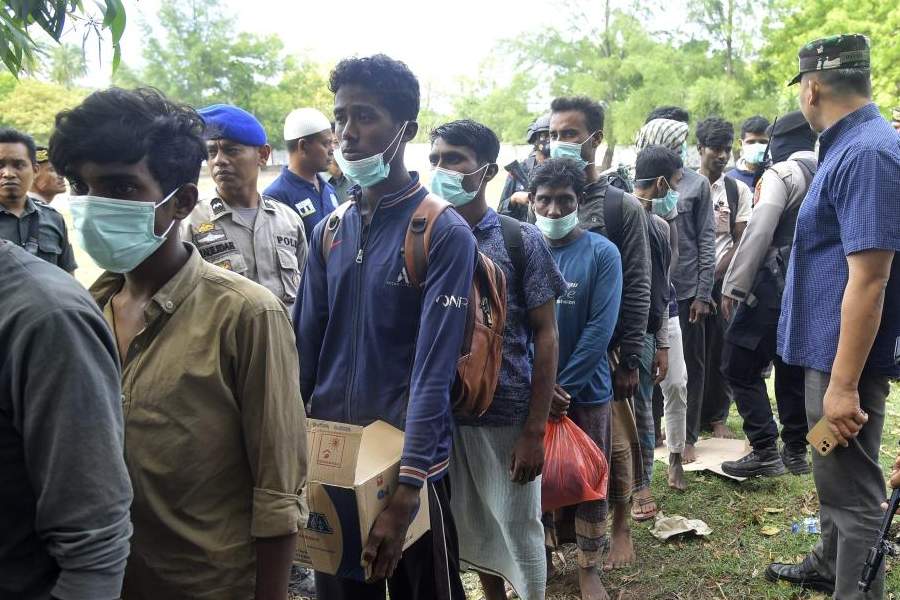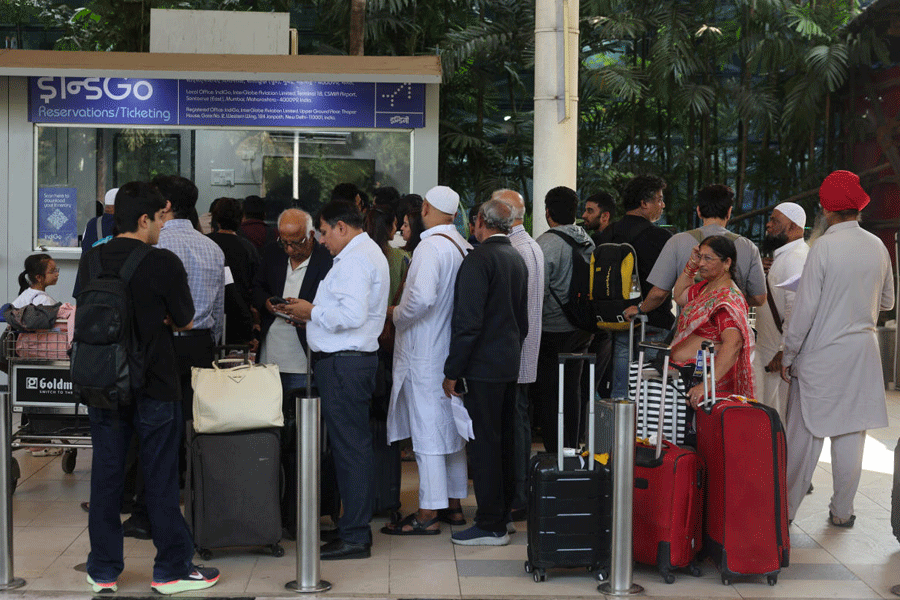The forest department in Jhargram has recently installed eight artificial intelligence (AI) cameras to obtain real-time data on elephant movements, aiming to reduce human-animal conflict in the region.
An AI camera uses artificial intelligence to analyse scenes and objects, allowing it to automatically adjust settings for better photos and videos or interpret what
it captures.
Unlike traditional cameras that have so far been used by the forest department for animal detection or census, AI cameras use their artificial intelligence and image recognition features to identify elements in real time. They can also send automated alerts to system-based platforms.
For example, if an elephant passes through an area monitored by an AI camera, it can capture the animal’s photograph, generate a description of it, record the time and location of its movements and send a text alert in real time to officials concerned.
This can go a long way in reducing or averting human-elephant conflicts.
“We have already set up eight such cameras at strategic locations based on our experience of elephant movements. The real-time data obtained from these cameras will help us monitor animal movements and take prompt steps to track their further locations. This will certainly help reduce human-animal conflict,” said Umar Imam, the divisional forest officer, Jhargram.
A senior forester said that the eight cameras installed at different locations will start functioning from next week.
“We have arranged high-speed internet and solar panels to ensure an uninterrupted power supply,” he added.
The foresters said that the state has initially sanctioned 16 cameras for the Jhargram division, each costing around ₹50,000. The remaining eight cameras will be installed shortly.
“Sixteen AI cameras are quite significant and will change the current monitoring system. We can even control them remotely—to zoom in or tilt—directly from our office,” said a forester.
In recent years, Jhargram — a district in the Jungle Mahal area of south Bengal — has become a key focus of the state forest department due to the rising number of human-animal conflicts, resulting in loss of human lives and crop damage. In several instances, elephants’ lives were also endangered.
The region hosts on an average of around 45–50 elephants throughout the year.
According to forest department data, in the financial years 2022–23 and 2023–24, a total of 26 and 17 people respectively were killed in human-elephant conflicts in Jhargram. In 2024–25, the number dropped to six, because of a robust monitoring system.
An AI camera has also been installed near Banshtala railway station, where in July this year, three elephants — a mother and two calves — were crushed by an express train moving at over 100kmph.
However, a forest official clarified that the proposal to install AI cameras had been taken months before the incident.
“To avert animals from being mowed down by trains, the railways have to act promptly based on our inputs. The AI cameras can provide us with real-time data. We won’t have to rely on manual tracking of elephants, which is the current practice,” said a senior forest official.











